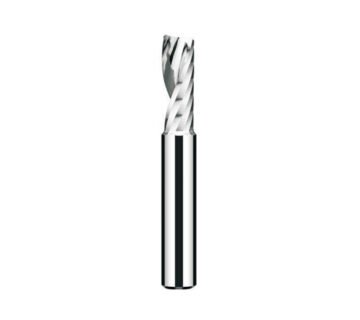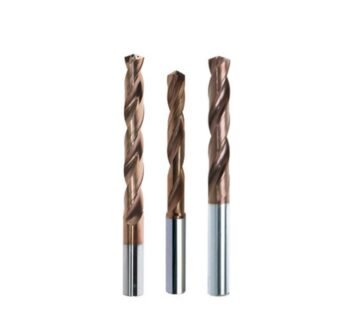Introduction:
Tungsten carbide saw blades, also known as tungsten steel saw blades, are widely used in various cutting operations due to their exceptional hardness and durability. In this article, we will explore the key aspects of tungsten carbide saw blades, including their composition, manufacturing process, and applications.
Composition:
Tungsten carbide saw blades are primarily composed of tungsten carbide particles held together by a metallic binder, typically cobalt or nickel. The high concentration of tungsten carbide provides the blades with exceptional hardness and wear resistance, while the binder enhances their strength and toughness.
Manufacturing Process:
The manufacturing of tungsten carbide saw blades involves several steps. Firstly, the tungsten carbide particles and binder materials are mixed together to form a powder. This powder is then compacted under high pressure into the desired shape and size for the saw blades. The compacted blade is sintered at high temperatures to bond the tungsten carbide particles and binder materials, resulting in a solid and durable blade.
Applications:
Due to their exceptional hardness, tungsten carbide saw blades are commonly used in various cutting operations where high precision and durability are required. Some popular applications of tungsten carbide saw blades include cutting wood, plastic, metal, and composite materials. They are extensively utilized in industries such as woodworking, construction, and metalworking.
Conclusion:
Tungsten carbide saw blades are highly regarded for their exceptional hardness, durability, and capacity to withstand demanding cutting operations. Their popularity across various industries demonstrates their reliability and effectiveness. As technology continues to advance, further improvements in composition and manufacturing processes are expected, leading to even more versatile and efficient tungsten carbide saw blades in the future.



No comment